The steps of roasting coffee beans and the changes of coffee beans how to bake coffee beans
In the process of roasting coffee beans, how to judge whether your operation is proper or not? In fact, we can check from the baking time, the following brief introduction, for your reference!
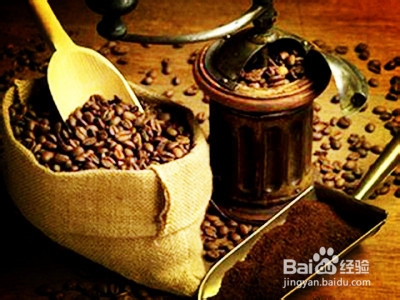
Step reading
Baidu experience: jingyan.baidu.com
Tools / raw materials
Coffee beans
Baking machine
Baidu experience: jingyan.baidu.com
Methods / steps
[loading coffee beans]
Pour in the right amount of coffee raw beans, the amount of raw beans roasted has something to do with the size of the baking container you use. Raw coffee beans generally contain about 10% water, and when roasting begins, the water is first separated from the coffee beans.

Step reading
Start baking, pay attention to the baking time and the change of beans-[0mur3 minutes] start preheating, the color of roasted coffee beans does not change much. In the process of baking, the color of coffee beans changes from green to yellow, then to brown, and finally to brown. When the first bursting temperature is about 160 degrees Celsius, there will be a "Barabara" sound like popcorn, and the coffee beans will become larger.
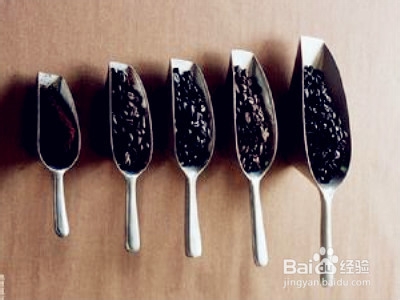
Step reading
When you start baking, pay attention to the baking time and the change of beans-[4mur5 minutes] when the surface color of coffee beans gradually darkens, giving off the aroma of coffee.
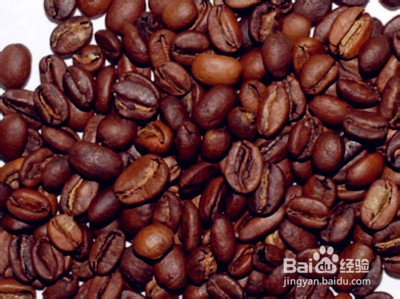
Step reading
Start baking, pay attention to the baking time and the change of beans-[6mur8 minutes] as the baking goes on, the skins of coffee beans begin to explode, the color continues to be very dark, and a strong aroma can be smelled.
Start baking, pay attention to the baking time and the changes in the beans-[9MUR 11 minutes] at about 9 minutes, the coffee beans turn brown, the beans are covered with wrinkles, and the first popping sound will be heard around the 10th minute. The coffee beans themselves will release heat and cause the temperature to rise quickly. Then, after a short endothermic process, the color changes to black and brown.
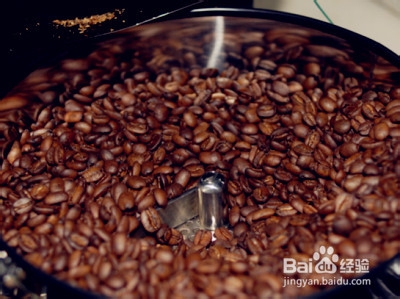
Step reading
Start baking, pay attention to the baking time and the changes in the beans-[12Mel 15 minutes] the second burst is faster, the coffee beans show an oily luster and become fragile, and at this stage, its ingredients begin to carbonize, producing charred properties.
END
Baidu experience: jingyan.baidu.com
Points for attention
Pay attention to the baking time and the color change of coffee beans
Important Notice :
前街咖啡 FrontStreet Coffee has moved to new addredd:
FrontStreet Coffee Address: 315,Donghua East Road,GuangZhou
Tel:020 38364473
- Prev

Roasting and preservation of coffee beans? How to bake coffee beans
There are many ways to roast coffee. I'll just say a relatively simple one. Before the coffee is roasted, the coffee should be treated by natural method or washing method, and then the coffee can be roasted. First, it is baked in a large rotating barrel. After 5 to 7 minutes of intense heat, the water in the coffee beans gradually evaporates. At this point, the coffee beans began to change.
- Next
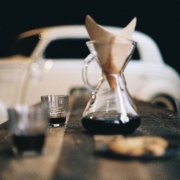
How to bake your own coffee beans at home
Some coffee lovers like to buy raw coffee beans and bake them by themselves. Self-baking is not only easy, but also effective, so anyone who is interested can try it. Not only can you bake as much as you need, but the most interesting thing is that each time you bake, you are facing the coffee beans, and observe the coffee beans in the roaster closely through the smell, color, dandruff, smoke and sonic explosion.
Related
- Beginners will see the "Coffee pull flower" guide!
- What is the difference between ice blog purified milk and ordinary milk coffee?
- Why is the Philippines the largest producer of crops in Liberia?
- For coffee extraction, should the fine powder be retained?
- How does extracted espresso fill pressed powder? How much strength does it take to press the powder?
- How to make jasmine cold extract coffee? Is the jasmine + latte good?
- Will this little toy really make the coffee taste better? How does Lily Drip affect coffee extraction?
- Will the action of slapping the filter cup also affect coffee extraction?
- What's the difference between powder-to-water ratio and powder-to-liquid ratio?
- What is the Ethiopian local species? What does it have to do with Heirloom native species?

